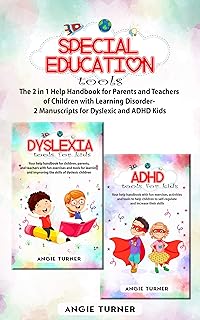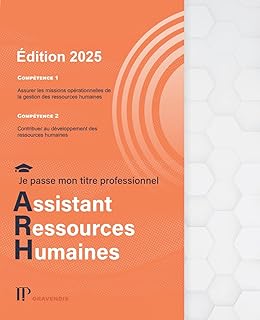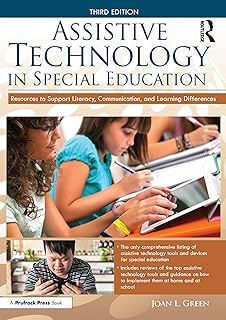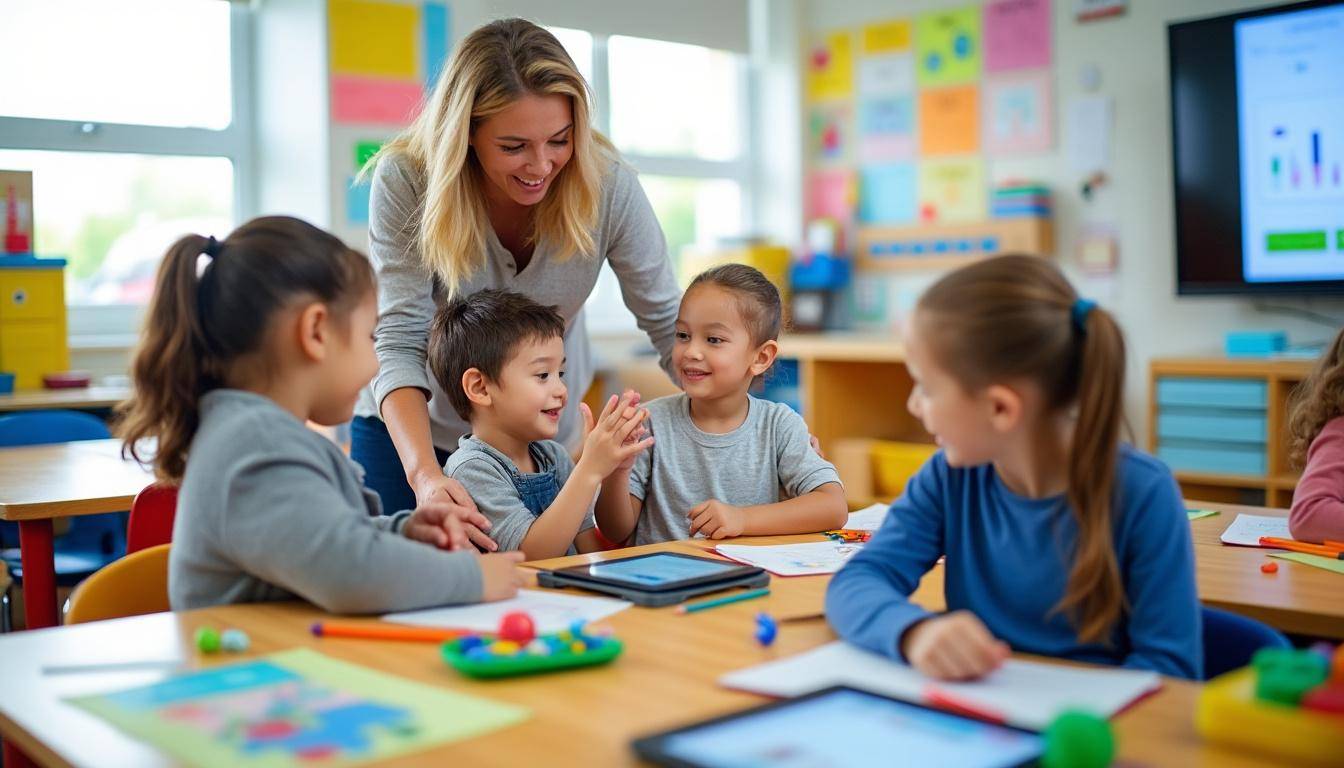


Innovative Strategies in Supporting Children with Special Educational Needs
Supporting children with special educational needs requires thoughtful approaches that are adaptive and multifaceted. Innovative strategies today emphasize creating personalized learning experiences where tools like AbleNet and Learning Resources play pivotal roles. These tools facilitate individualized education programs (IEPs) by providing tailored educational materials that suit each child’s unique learning style.
- Use of assistive technology for communication and learning enhancement
- Implementation of positive behavior support systems
- Collaboration with families and specialized educators
- Integration of sensory-friendly classroom settings
- Continuous assessment to adapt teaching plans effectively
Educators are increasingly leveraging technology to ensure children with disabilities receive equitable educational opportunities. For examples of how these modern solutions are shaping learning, explore the integration of technology in special education.
Empowering Through Assistive Technology and Behavioral Supports
Behavioral challenges often require individualized intervention plans to foster productive classroom environments. Tools such as Don Johnston and Kurzweil Education provide resources for customized behavior management and literacy support.
- Development of personalized behavior intervention plans
- Use of communication devices from Tobii Dynavox to enhance engagement
- Employing visual supports like Boardmaker to assist comprehension
- Introducing mindfulness and emotional regulation through platforms like Headspace for Kids
This approach supports children in maintaining self-regulation while enabling educators to address specific challenges effectively. Learn more about comprehensive support strategies for special needs in education at our detailed guide.
Creating Inclusive Learning Environments with Evidence-Based Techniques
Inclusion in education extends beyond physical integration; it involves actively adapting curriculum and environment to meet diverse needs. Incorporating innovative methods increases participation and academic success among students with disabilities.
- Flexible curriculum design to accommodate varied learning paces
- Peer-mediated instruction to foster social interactions
- Utilizing Inclusive Technology to break down learning barriers
- Promoting collaborative teaching models with specialists and therapists
- Regular monitoring of individual progress and adapting strategies accordingly
Successful inclusive education also depends on optimal resource allocation. Addressing challenges like funding cuts is vital; findings on this topic highlight systemic barriers, as discussed in studies on special education funding cuts.
Practical Examples of Technology Improving Special Needs Learning
Technology continues to be a cornerstone for innovation in special needs education. For instance, Texthelp assists in literacy development with text-to-speech and word prediction software, while Microsoft Education tools offer accessible learning platforms tailored to various needs.
- Speech-generating devices to support nonverbal learners
- Interactive software facilitating skill practice in math and reading
- Apps designed for cognitive and sensory engagement
- Digital platforms enabling personalized education plans
These innovations not only enhance academic potential but also build confidence and independence in learners. Further insights can be found on how technology integration is evolving in special education through our dedicated resource.





